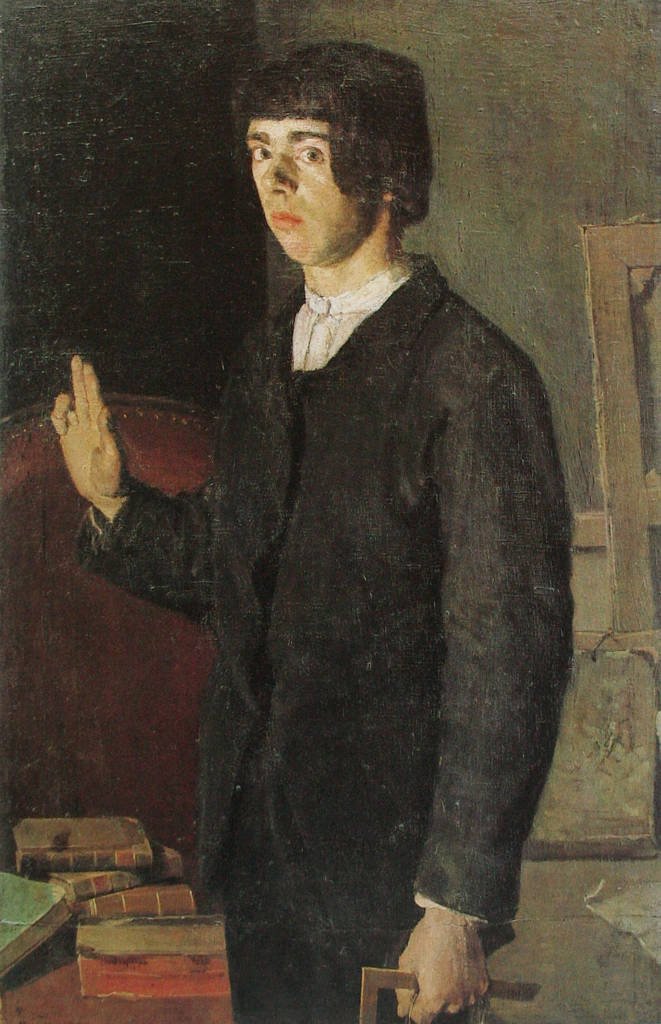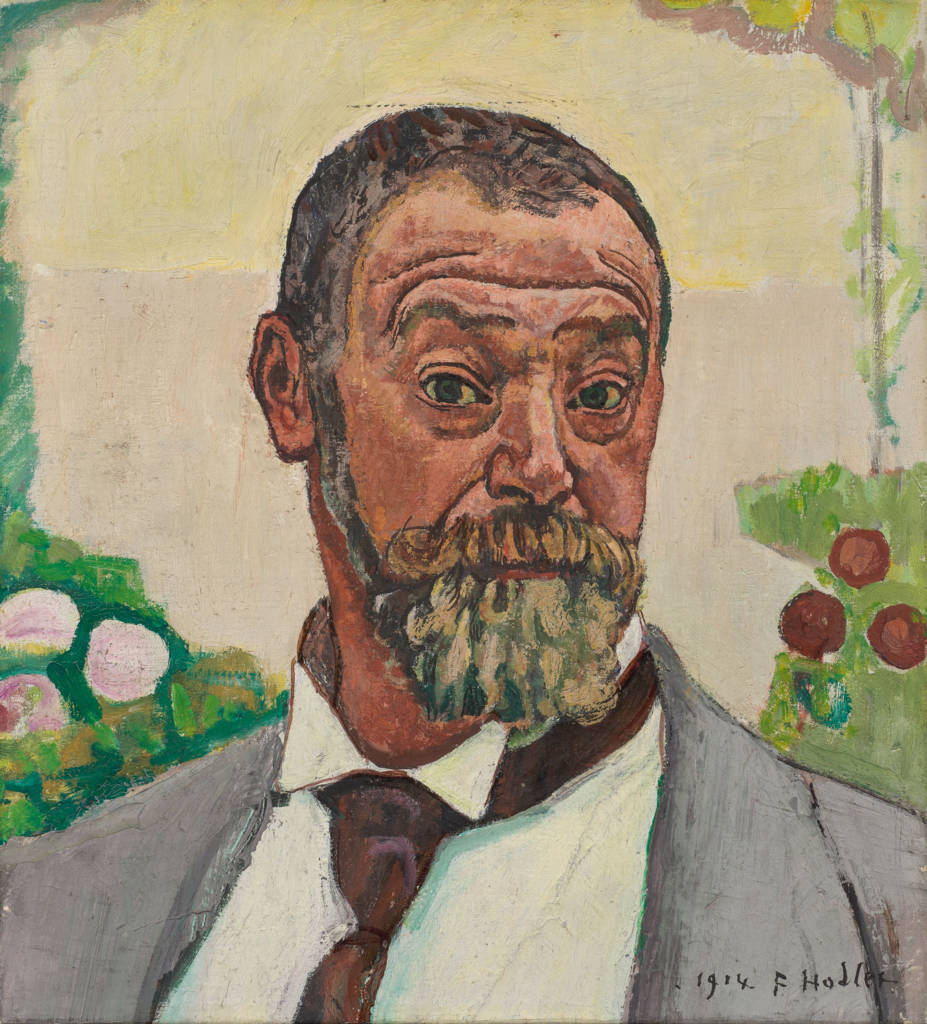Ferdinand Hodler
Biography
Ferdinand Hodler’s went almost from rags to riches: the boy from poor circumstances becomes a famous artist thanks to talent and will-power.
Childhood and Youth
Hodler was born in Berne in 1853. His childhood was overshadowed by poverty and death. His father died young of consumption, as did many of his siblings. When his mother re-married, the family moved to the Bernese Oberland. By the age of 14, Hodler was an orphan.
As a young boy he worked for his step-father, Gottlieb Schüpbach, a painter and decorator with his own workshop. Then he began an apprenticeship with Ferdinand Sommer, who sold landscape paintings, so-called veduta, as souvenirs to tourists. In his workshop, several employees copied landscapes by famous Swiss masters. In this way Hodler got to know works by the Swiss romande painters François Diday und Alexandre Calame, among others. When a commission went wrong, Hodler gave up his apprenticeship and moved to his uncle to Langenthal, where he continued doing what he had learned, painting souvenir landscapes on card, which he then began to sign.
Off to Geneva
In late 1871 Hodler’s interest in painting drew him to Geneva, an art city at the time. While he was sketching in Musée Rath, the Genevan artist and teacher Barthélemy Menn approached him and subsequently admitted him to his class and promoted him.
Hodler attended lectures and satisfied his thirst for education. Geneva offered various possibilities for exhibitions. In 1874 Hodler won First Prize in the Concours Calame competition. Up until 1895 Hodler entered paintings regularly in both the Concours Calame and the Concours Diday. The prize money was a vital source of income for him.

Hodler and the Bourbaki-Panorama
In 1881 the painter Édouard Castres recruited his team for the Bourbaki-Panorama from Menn’s class, including Ferdinand Hodler. During this commission, Hodler gained important experience with monumental painting, which later helped him not only with his murals, but also when paintnig his large individual figures.
“Business is booming.”
Letter from Ferdinand Hodler to his son Hector 18.02.1911
Success
Ab Mitte der 1890er-Jahre verdient Hodler als From the mid-1890s onwards Hodler was earning good money as an artist. 1904 was a very successful year for him: he was celebrated as an honorary guest at the Viennese Secession Exhibition, and the University of Basel presented him with an honorary doctorate. That year he earned 80,000 Swiss francs and thus more than the director of the Schweizerische Bankvereinigung. When Hodler received the commission to design the new Swiss Bank notes in 1908, he was already established as a national painter. Nevertheless he was still regarded by many as too modern and his stubborn disposition as offensive.

Late years
In 1914 Hodler signed the “Geneva Protest” against the bombardment of Reims cathedral by the Germans, whereupon he was harshly berated, both by German and Swiss people, and excluded from all German artists’ associations and secessions. His works were even removed from the walls of museums. Although he tried to rectify the matter, he lost an important market, for until then German critics had praised him as being “Germanic”. Hodler lived in seclusion throughout the First World War. He died in Geneva in 1918.